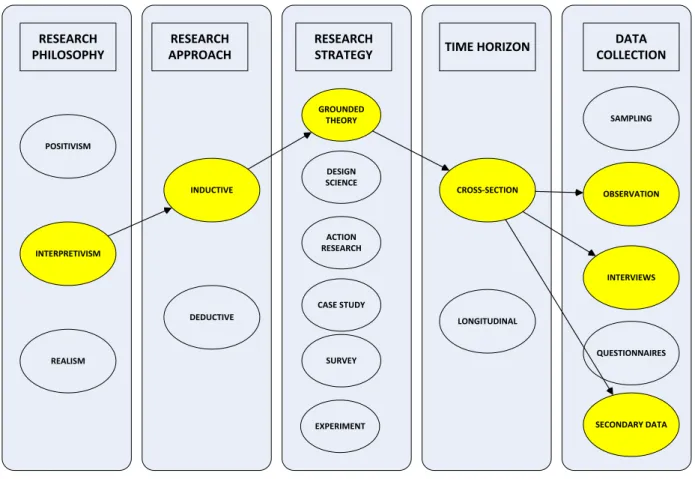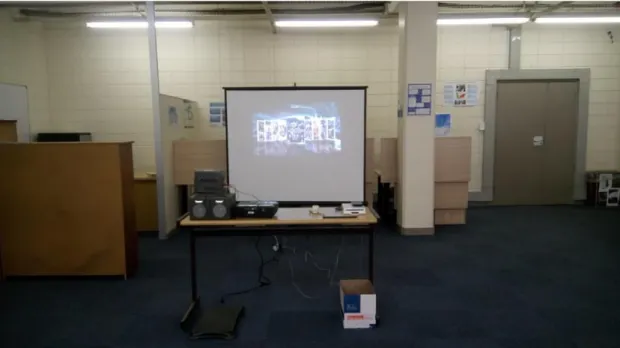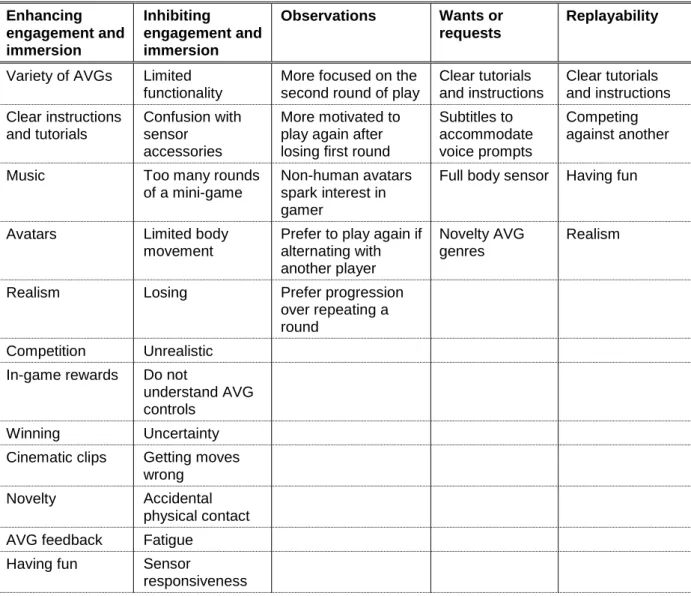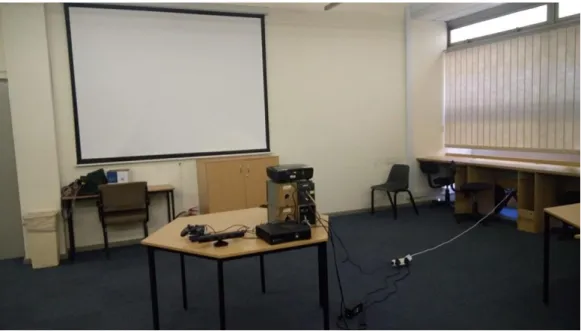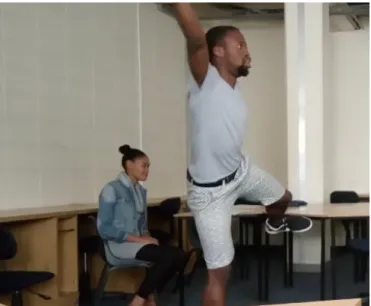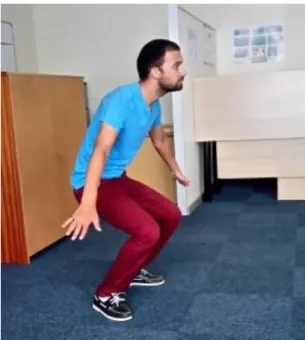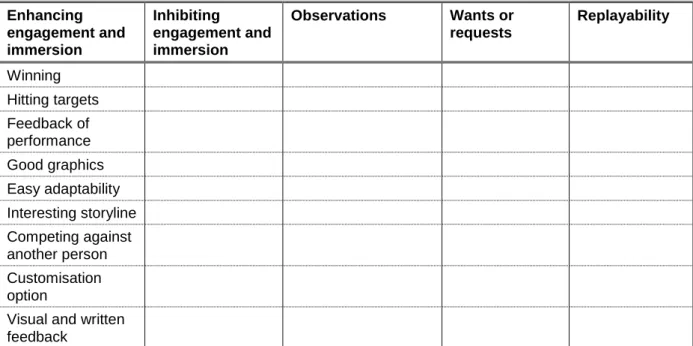Thank you for sharing your knowledge so freely and willingly and for helping me achieve my goals. My fiancé, Adrian Rudolph, for encouraging me to continue my education and for helping me along the way.
Introduction
This chapter sets the tone for the rest of the study and begins by putting the study into context by providing the research background. A strategic plan is presented to indicate how the researcher conducted the research and the chapter closes with the researcher considering the ethics and limitations of the research.
Contextualisation
The background touches on the problem definition, which precedes the research question and the aim of this research. Then a clear delineation is made of what the research will not cover, and then the philosophical position of the researcher is explained.
Research background
The data collection tool evolves as more data is collected and the direction of data collection changes. The benefits are achieved through persistent use of AVG gaming and as Simons et al. 2015:18) note, "there is a need for a new AVG development that will be better in terms of sustainability".
Problem statement
Research question
Aim
Delineation
Philosophy
- Selected research paradigm
- Interpretivism paradigm
- Positivism paradigm
- Critical realist paradigm
Axiologically, interpretivist researchers value complex interpretations and the understanding of different social realities (Du Plooy-Cilliers et al., 2014:35). Axiologically, as a result of being emancipation-oriented, critical realists value freedom and equality (Du Plooy-Cilliers et al., 2014:35).
Research strategy
This differs from both positivism and interpretivism as positivists value objective research and truth and interpretivism values uniqueness (Du Plooy-Cilliers et al., 2014:35).
Reason for undertaking the study
Contribution
Ethics
Consent was sought to allow the researcher to capture visual, video, and audio data, and participants were given the opportunity to decline while still participating in the study. The researcher respected all participants throughout the study and agreed to delete all media forms of captured data to give them peace of mind.
Limitations
Before any activities took place, the researcher thoroughly informed the participants about what was going to happen, and the researcher allowed the participants to ask any questions and answered them openly and honestly to the best of her ability. The researcher managed this limitation by maintaining a close relationship with both supervisors to ensure that the conduct of the study remained in line with its parameters.
Thesis chapter summary
- Chapter Two: Literature Review
- Chapter Three: Research Methodology
- Chapter Four: Data Collection
- Chapter Five: Data Analysis
- Chapter Six: Discussion
- Chapter Seven: Reflection
After adjusting the final theory, the researcher puts this theory back into the IT BOK by comparing it to a motivation theory. This chapter is a reflection of the researcher's journey and addresses the challenges they face during the research process.
Conclusion
After that, the chapter serves as a secondary literature review through which the researcher compares her constructed theory with the current theories that exist in the current body of knowledge (BOK). It begins by explaining what the researcher would have done differently and what she learned along the way.
Introduction
Video games
- AVGs
- AVG consoles and accessories
- Benefits of playing AVGs
- Adoption of AVGs
Other studies have shown that AVGs are successful in improving body composition and lowering the level of excessive fat on the individual's body (Gomes et al., 2015; This introduced AVGs to public households, and since its release, this type of video game continue to develop.
Gamification
Design factors
AVG avatars
This adjustment allows the gamer to better identify with the avatar and relate to the game world (Soutter & Hitchens, 2016). A gamer's identification with the avatar is stronger if the avatar resembles itself (Soutter & Hitchens, 2016).
AVG audio
So the more someone can relate to the character on the screen, the more likely they are to become fully immersed in playing the video game. In contrast, Soutter and Hitchens (2016) found that their participants reported lower levels of game enjoyment and engagement when the avatar resembled the player's identity.
AVGs user interface
First-person shooter games have high expectations for the gamer; therefore, their HUD composition and spatial organization play a role in how the gamer interacts with the game. Caroux and Isbister (2016) suggest that HUD elements should be displayed as close as possible to the area of the main action in the game to enhance the gamer's experience.
Engagement and replayability
Although HUDs are helpful in helping the player navigate through the game, some researchers, including Wilson (2006), argue that when a HUD contains too much contextual information, it can decrease the player's level of immersion in the game itself. Competition, which is the need for the player to prove himself better than his opponent.
Persistence
Diversion, where a player would like to engage in the game to distract themselves from their current environment. Immersion, which is similar to diversion, but the individual will seek a richer experience from the game.
Conclusion
The literature review draws attention to the potential research problem that will be addressed in this study. Given that this is a preliminary literature review, it is important to keep in mind that the lack of depth of the literature review is necessary for the researcher to successfully complete the research without affecting her understanding of the phenomenon in question .
Introduction
Paradigm
Methodology
- Different grounded theories
- Disadvantages of SGT and Classic GT
- Selected methodology
- Main claim
- Reason for selection
- Advantages of CGT
- CGT methodology process
- CGT phases of data collection and analysis
KWB produces a theory that is based on the experience of the participants as well as the experience and interpretation of the researcher (Mills, Bonner & Francis, 2006). Therefore, this research has developed a theory that is 'grounded' in the experience of AVG players and subjective to the interpretation and experience of the researcher.
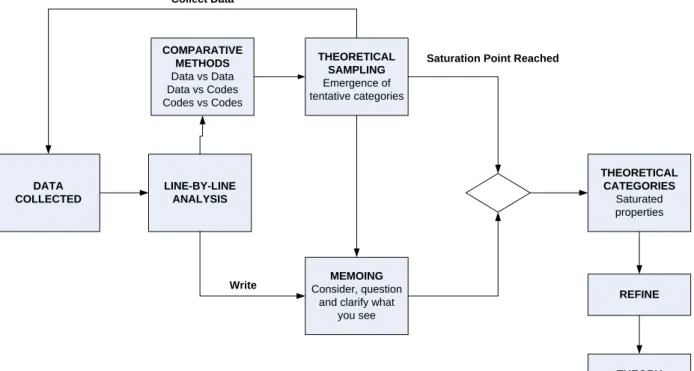
Role of the researcher
This is achieved by comparing code groups with other code groups and independent codes to further abstract content codes and form theoretical codes (Bryant & Charmaz, 2007:9). Once theoretical sensitivity is achieved, the researcher must compare his findings with the literature (Giles et al., 2013:5).
Limitations
Ethics
Research design
Sampling
When determining the number of participants to use, the initial number of participants was two. Thereafter, the total number of participants was determined by reaching a data saturation point (data collection stopped once the data indicated the same coding groups for data analysis).
Unit of observation and unit of analysis
The target age group was between eighteen and thirty years of age, so that adult consent could be obtained from the individuals contacted. The researcher selected participants from the Cape Peninsula University of Technology and the Crawford and Rondebosch East communities because the participants were more accessible to the researcher in these areas.
Tool
The CGT data collection process
The workshop procedure
How data were collected in this study
Validity and reliability of data collected
Data analysis strategy
This particular software is particularly suited to assist in conducting a grounded theory methodology as its features include coding and grouping of concepts as well as displaying data in different networked views to aid in viewing the data from different angles . After that, the data was part of a core category that was further analyzed and refined to create a new theory.
Conclusion
This means that as data was collected, it was analyzed and reused to create new questions that could be asked of the participants.
Introduction
Workshop structures and strategies, as well as the software used to store and analyze the collected data, are discussed.
Tool description
Purpose of each component
- Research consent
- Participant coding and information
- Interview questions
- Observation
- Memo
- Gameplay instructions
- Pre-test evaluation
- Participant brief
One of the main purposes of this form is to enable participants to create their own aliases, which will identify them in the study. Another purpose of the form is to serve as a checklist to further introduce the investigation.
Workshop strategy
The purpose of the Participant Briefing Letter (Appendix A, Form 7) is to provide a summary of the nature of the study being conducted so that participants are well informed. The letter is given to the participants to keep safe so that they have a good understanding of the activities they are participating in.
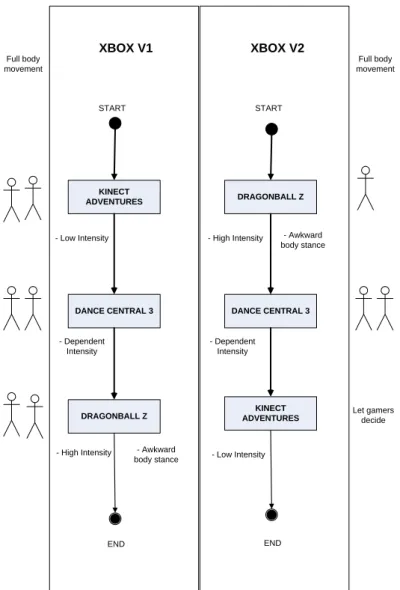
Workshop flow
Before the workshop
During the workshop
After the completion of the research activity, both the participants and the researcher signed up for an interview (Appendix D). Voice recordings were made during each interview to capture all information for further analysis by the researcher at a later date; Written notes were also taken throughout the interview as a method of documenting the responses given by each participant.
After the workshop
Ethics
Open coding phase
- Pilot analysis: exploring the process and building CAQDAS proficiency
- Beginning the workshops: exploring the initial data
- Continuing the collection of data: Workshop 2A
- Mobile AVG workshop: Pokémon Go
- Continuing to collect data: Workshop 2B
- The initial code book
- Checking for data saturation: an account of the final workshop
Twenty-eight (28) groups were formed, covering all aspects of experienced AVG (Figure 4.12). This reduced their desire to participate in AVG (interview with 2Awesome, Toefm, JuniorKidd - audio recording).

Abstraction of the code groups
An account of the first level of abstraction
Some codes, however, belonged to more than one group, which was the initial step in the formation of relationships between codes (Figure 4.16). Once the groups were formed, the code names reflected the attributes of the groups (Figure 4.19).
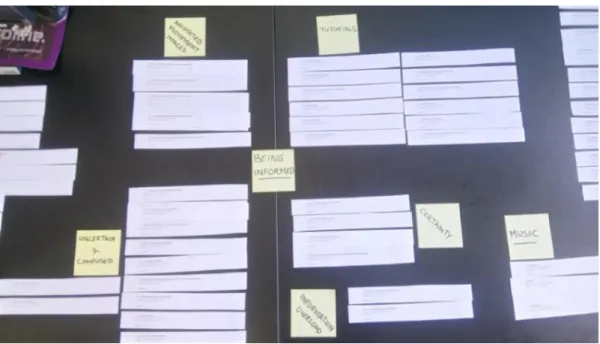
Conclusion
After each workshop, the data determined the future direction of where the next phase of the research would go. After coding and grouping of codes, the abstracting activity followed, forming the basis for the next chapter, data analysis.
Introduction
The evolution of the data collection tool
The initial changes
The social interaction between two strangers was then questioned by adding the question, "What would the reaction be between two strangers?" A further modification of the interview question form included asking whether participants preferred to play with someone (familiar or stranger) or rather played alone. The result of this observation was that players prefer to play together rather than alone.
The second set of changes
The final changes to the tools
Analysis of network views
Network 1 - Significance behind gamers being comfortable
However, if contestants have an existing relationship with each other, they experience a higher level of engagement and immersion while playing AVG. However, it is important that the activity fosters relationship building, as a lack of friendship inhibits the player's state of engagement and immersion.
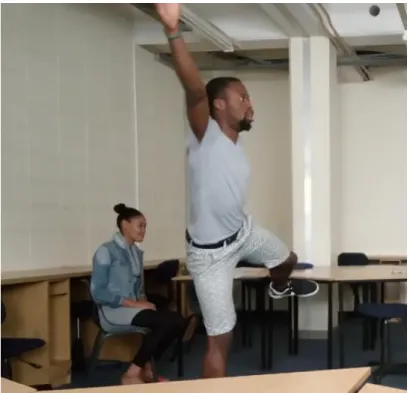
Network 2 - Significance of being informed and knowing what to do
To understand the gameplay controls and mechanics, the AVG should provide clear instructions and tutorials on how to play. When the goals of the GDPR are unclear or the instructions for playing are unclear, it disrupts the gamer's engagement.
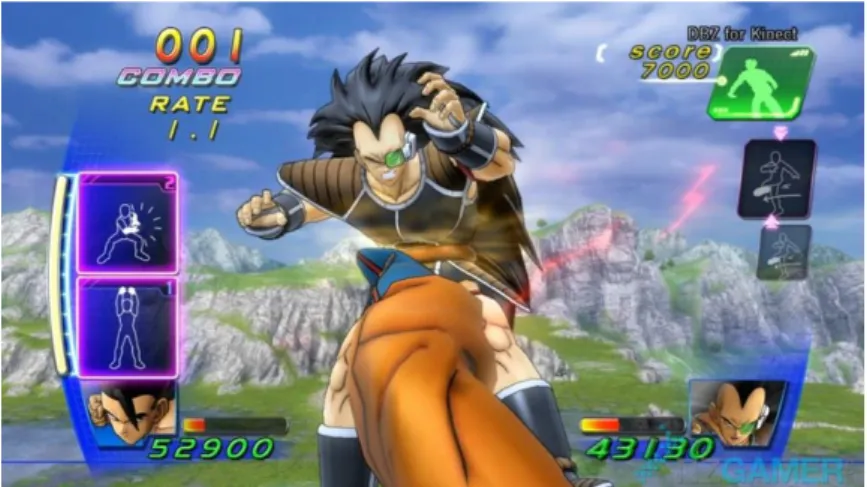
Network 3 - Choices granted by the AVG for gamers
When the player has specific needs and AVG is able to meet those needs, the player is more likely to engage. When AVG succeeds in meeting the needs of the player, the individual is more likely to experience enjoyment from the game.
Network 4 - Cinematics in AVGs
Introductory films were very engaging and immersive for the participants as they showed a curiosity to understand what the AVG entails. It was noted that having an interactive movie game genre for AVGs was very engaging and immersive for the participants.
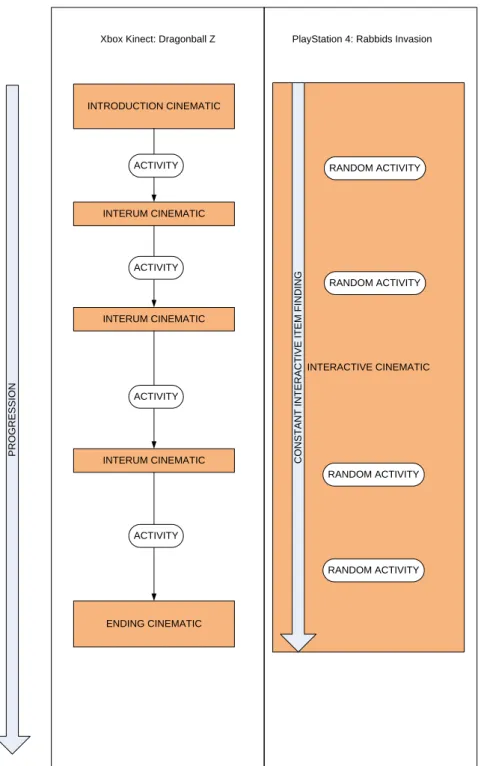
Network 5 - Preferences for AVG gamers
Music in AVGs sets the tone for the activity at hand and the mood of the game. When music fills the environment of the AVG, the player becomes more immersed in the activity.
Network 6 - Errors and glitches in AVGs and consoles
The sensor also fails to detect the movements of the body, which in turn results in the gamer losing points or even the game. When the gamer loses because the sensor causes errors, the frustration is enough for the players to disable the AVG and no longer want to be involved.

Network 7 - Feedback from the AVG to gamers and the sense of achievement
However, this contrasts with the observation that players are more enthusiastic about the game after losing a round. The reason I preferred playing against someone was the sense of competition that came from it.
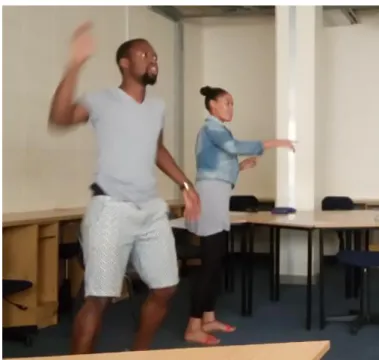
Network 8 - Motivation to play the AVG
This is supported by the social factor in games, whereby playing together socially is a highly enjoyable experience. The social aspect, when combined with direct competition, drives the motivation for players to play AVGs (Figure 5.18).
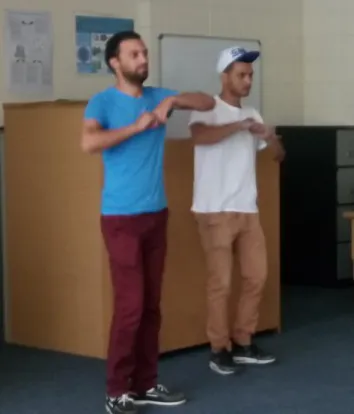
Network 9 - Realistic experiences in AVGs and the role of avatars
This was evident when ICARUS explicitly stated that he chooses his particular avatar because it is dressed in the same way as him (Figure 5.20). When there was a large variety of characters to choose from, players took their time browsing through each option (Figure 5.21).
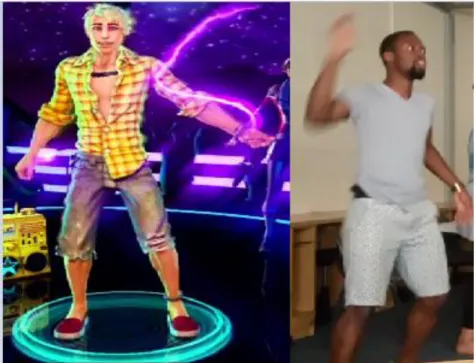
Network 10 - Replayability of AVGs
This category speaks directly to the research problem as it addresses the issue of replaying an AVG after its initial use. This directly affects an AVG player's enjoyment and desire to continue playing an AVG after initial use (Figure 5.25).
Beginning a new phase of CGT data analysis - theoretical coding
Glaser’s coding families approach
Theoretical coding families come from different sociological and philosophical contexts and are grouped into families to allow the researcher to better identify the relationships between their codes (Kelle, 2017:4). The purpose of Glaser's coding families is to bridge the gap that exists between the generation of data in the researcher's work and the achievement of theoretical sensitivity (Kelle, 2017:3), which is a process of abstraction and transition from the second phase of focus. coding to the third stage of theoretical coding.
Attempting Glaser’s coding families method
A thorough understanding of Glaser's coding families was needed and the researcher sorely lacked this knowledge. With these two reasons in mind, it was decided to abandon the use of Glaser's coding families to further abstract core categories and achieve theoretical sensitivity.
Asking the analytical question
- Developing the theory
The theoretical construct as shown in Figure 5-29 best describes the inhibiting and reinforcing factors that contribute to AV gamer engagement and immersion, particularly leading to the abandonment and replayability of an AVG. For better readability, Figure 5.29 has been redesigned to better illustrate the flow of the continuum discussed in Chapter Six, Section 6.2.
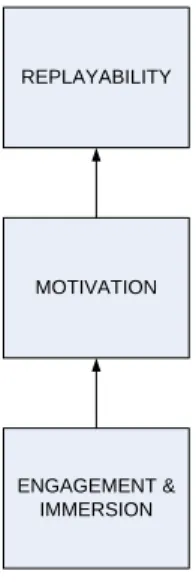
Summary
Introduction
Play Active Theory explained
For replayability to be achieved, the player must at least experience seamless engagement and immersion. With the presence of reinforcing factors and motivational factors, the player is more likely to experience replayability.
Comparing PAT to the literature
- Flow Theory
- Self-Determination Theory
- Social Identity Theory
- Attention, Relevance, Confidence and Satisfaction (ARCS) theory
- Attention
- Relevance
- Confidence
- Satisfaction
According to Keller, confidence is a subcategory of the ARCS model and refers to "people's expectations for success in the different parts of their lives". This reinforcement after the task increases the likelihood that the same behavior will occur again in the near future (Keller, 2008:3).
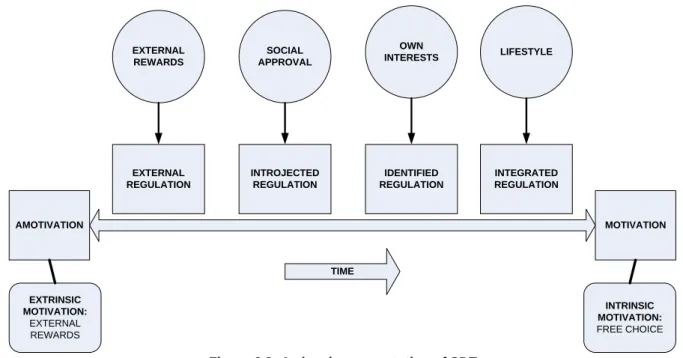
Adapted PAT
After a task is completed, educators are encouraged to give feedback to the students by commenting on the students' successful completion of the work (Jokelova, 2013:5). Scoreboards and performance feedback mechanisms in the game are highly appreciated and encourage the players to improve their current abilities.
Recommendations and future research
Future research should consider the test group for the data collected and the people sampled in order to obtain a greater perspective and analysis of the phenomenon. Further studies should be done internationally on AVG experiences, especially first world countries, as their cultures and economic climates may alter the opinions and beliefs of participants in other parts of the world.
Summary
Future research should also consider testing other factors in AVGs and different scenarios and environments that may produce different results. A different demographic of people should be sampled and tested, as this may also produce new and different information.
Contribution
Introduction
What I learnt along the way
A minor challenge I encountered during the research process was the limitation of the geographic area where I could find potential participants for the research. A final challenge and limitation was the selection and availability of AVG for use as a test game in the study.
What I would have done differently
Methodological contribution
Summary
Conclusion
A novice researcher's first step through the maze of grounded theory: rationalization for classical grounded theory. 2013. The timing of the literature review in grounded theory research: an open mind versus an empty head the timing of the literature review in grounded theory.

